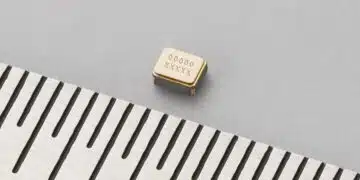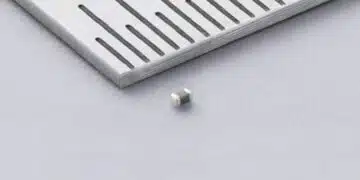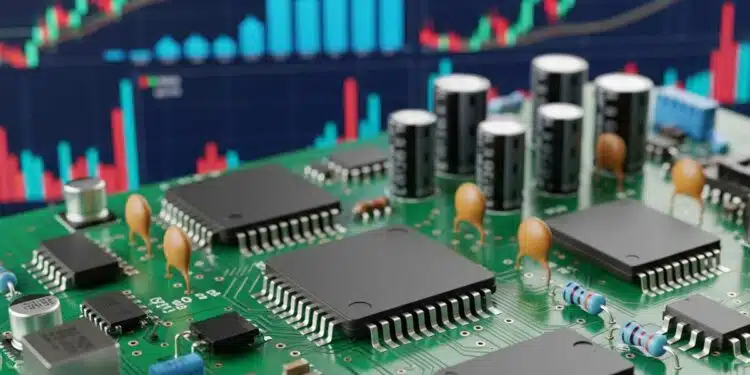DMASS Europe e.V. reports that the European electronic components distribution market remains under pressure, with Q2 2025 figures revealing an ongoing slowdown across key sectors.
Persistent global uncertainties, coupled with volatile political and economic conditions, continue to hinder recovery efforts.
Key Highlights:
- European Components Distribution: Declined by 8.4%, totaling €3.73 billion.
- Semiconductors: Suffered a sharp 14.11% decrease to €2.22 billion.
- Interconnect, Passive & Electromechanical (IP&E): Showed resilience, recording a modest growth of 1.43% to €1.51 billion.
Market Outlook 2025:
The landscape ahead remains unpredictable, shaped by global economic conditions, technological investments, and supply chain stability.
Chairman’s Statement:
Hermann Reiter, Chairman of DMASS Europe, commented:
“While the electronic components supply chain remains global in scope, customer markets are fragmenting rapidly — with AI demand surging in Asia and the U.S., Europe faces industrial stagnation and must redefine its position to offset a declining automotive sector. As a result, the supply chain leans toward contraction, with design innovation gaining traction over traditional sourcing strategies.”
Semiconductors:
- Significant Decline: Sales dropped 14.11% to €2.22 billion.
- Regional Impact: Austria saw the steepest fall at -36.68%, while Iberia bucked the trend with a 2.4% growth.
- Product Performance: Power components and Programmable Logic faced declines over 21%, whereas Sensors & Actuators grew by 6.07%.
Interconnect, Passive & Electromechanical Components (IP&E):
In IP&E, the slowdown turned into a slight increase of +1,43% to 1,51 billion Euro. Only Austria, UK, Germany & Switzerland could not profit and continued to decline.
Product-wise, Passives (-1,17%) showed a minus while Electromechanical components (+2,38%) and Power Supplies (+6,82%) are back again. (see table below). Biggest decline could be seen at Capacitors with Film capacitors (-17,8%), Tantalum capacitors (-11,4%) and Aluminium capacitors (-10,5%), while – beside power supplies in general – sensors (+7,6% and circular connectors (+122,7%) showed a good increase.
| Product Group IP&E | Total k€ | Change Q2/Q2 |
| PASSIVES | 522.773 | -1,17% |
| ELECTROMECHANIC | 878.841 | 2,38% |
| POWER SUPPLIES | 112.349 | 6,82% |
| DMASS IP&E Total | 1.513.963 | 1,43% |
- Growth Achieved: Up 1.43% to €1.51 billion.
- Regional Gains: Strong performance in Turkey (+26.82%), Israel (+19.35%), and Eastern Europe (+7.77%).
- Product Trends: While Passives fell by 1.17%, Power Supplies rose by 6.82%, and Circular Connectors surged over 122%.
Consolidated Regional Performance:
- Overall Decline: The combined market dipped 8.42%, with notable downturns in Austria (-25.95%) and Germany (-13.31%), contrasted by growth in Iberia (+3.49%) and Turkey (+3.15%).
Reiter emphasized:
Chairman Hermann Reiter concluded: “The European economy in 2025 remains resilient but faces increasing pressure from geopolitical tensions and global trade disruptions. This is particularly evident in the electronic components supply chain, which has become strained due to extended lead times, inventory volatility, and dependence on critical raw materials from Asia. Despite the fragmentation of global trade, the electronic components market remains deeply interconnected. Europe is responding with nearshoring strategies, supply chain diversification, and digital transparency measures. The rising demand for semiconductors, IoT devices, and AI applications continues to drive innovation, presenting growth opportunities even amid uncertainty. To remain competitive, Europe must more actively shape these global dynamics in a rapidly evolving electronics landscape.”





























